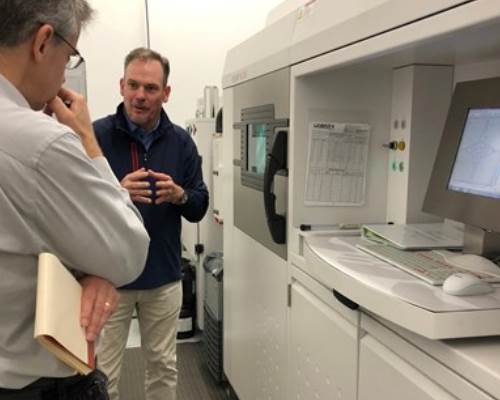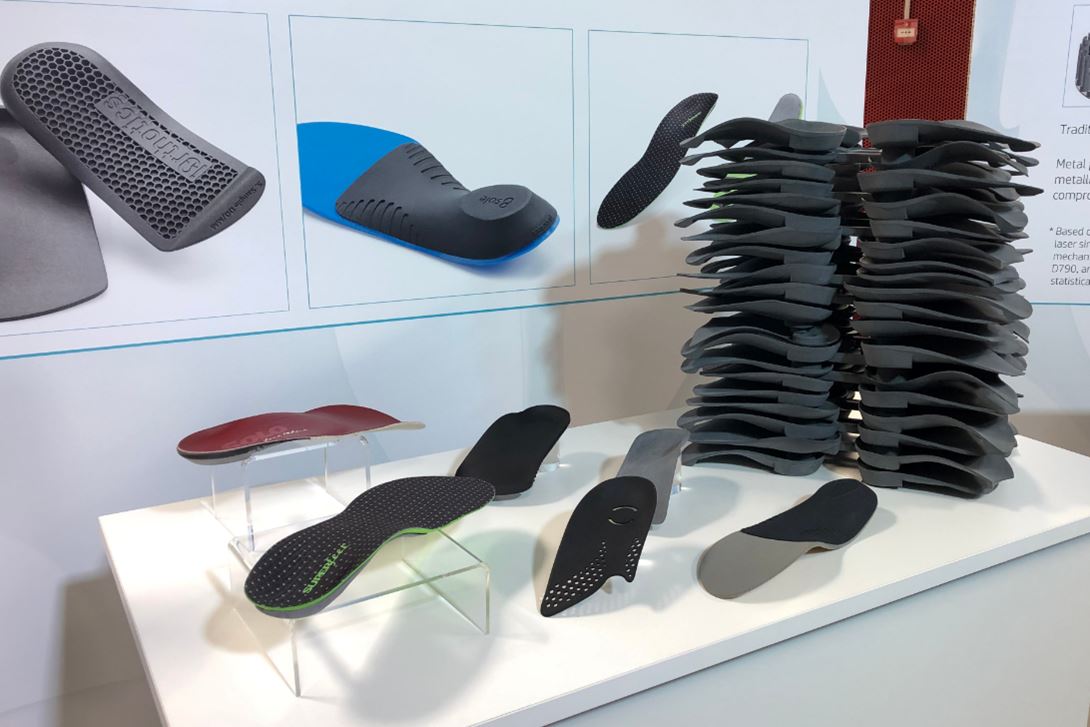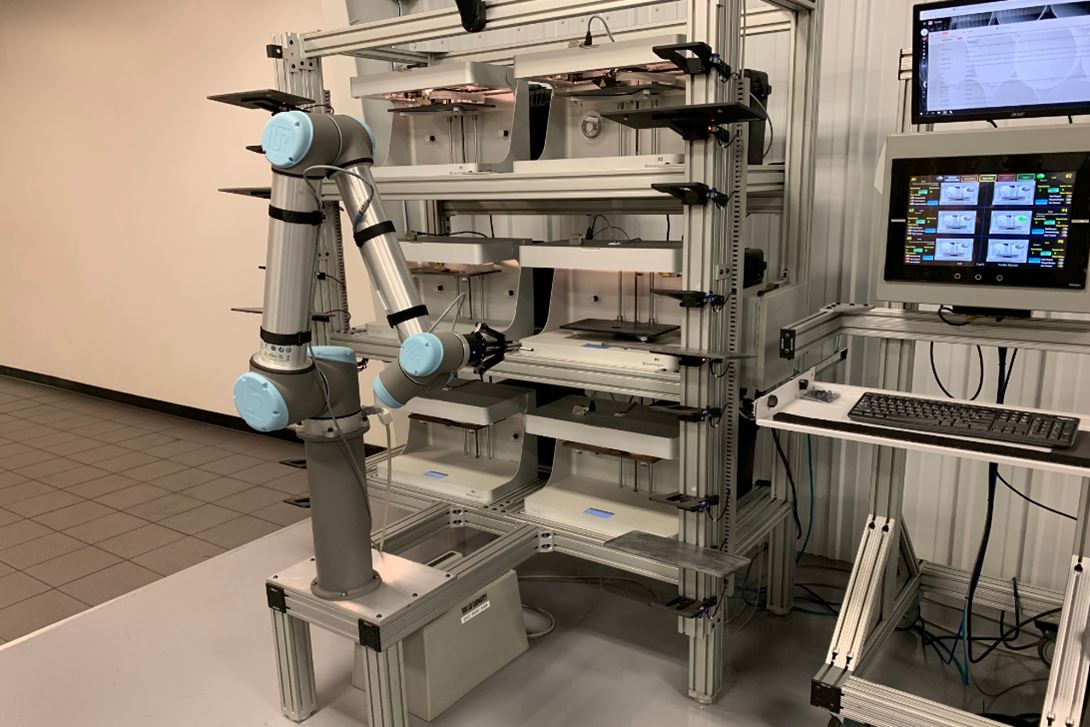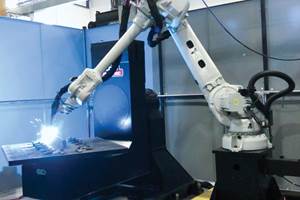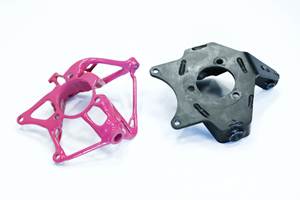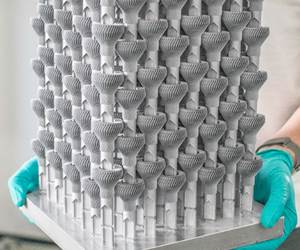The first 3D printing technology was stereolithography, a technique that solidifies liquid resin into solid plastic parts by curing the material with projected light. Today there are a number of other plastic 3D printing technologies including fused filament fabrication (FFF) or fused deposition modeling (FDM), material jetting, and selective laser sintering (SLS). Most companies pursuing 3D printing for production rely on processes that allow for batching many parts at once with a single build plate or chamber, such as SLS, Multi Jet Fusion (MJF), or one of the several stereolithography or digital light processing (DLP) platforms currently available. As the material portfolio for polymer 3D printing grows, so too do its applications.
Polymer 3D printing has a number of advantages for part production, chief among them the ability to manufacture plastic parts without procuring expensive, time-consuming and static injection mold tooling. The tooling-less and digital nature of the 3D printing process allows manufacturers to make parts in small quantities, to adjust designs and prototype alongside production, and even to produce variations on a single part or product with ease. Polymer 3D printing makes possible mass customization, a scenario in which the manufacturer tailors each individual product to the consumer. The video below (an episode of The Cool Parts Show) depicts how Fitz Frames applies SLS to produce glasses frames customized to the face of every customer.
While many plastics manufacturers choose to add 3D printing as a complement to existing injection molding capacity, the technology is also bringing production to places and businesses that would not previously have made their own parts. Startups like Fitz Frames are one example, but even established manufacturing companies have made the pivot. “What a Former Moldmaker Has Learned About AM” features one such manufacturer, previously a moldmaker, who has reconfigured his business to focus on the direct production of parts via Multi Jet Fusion.
